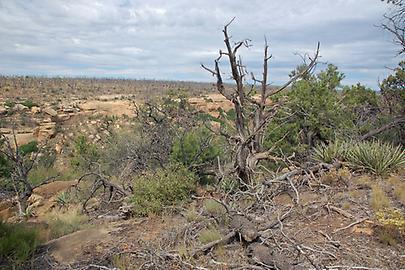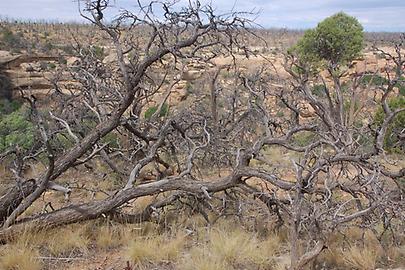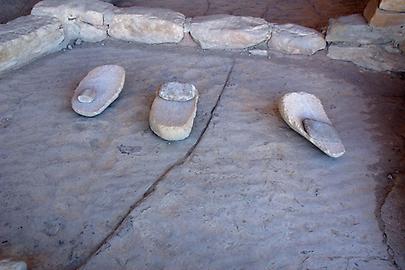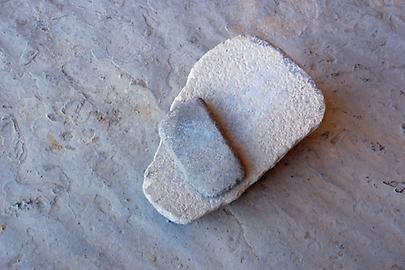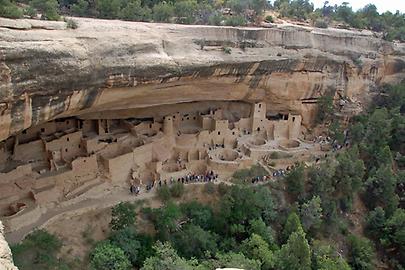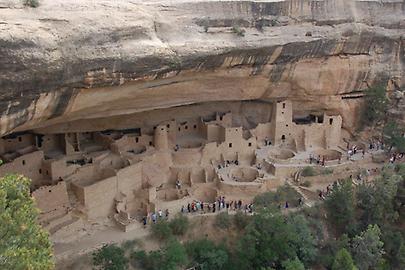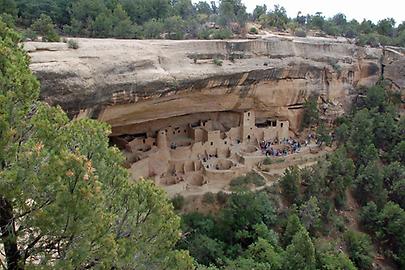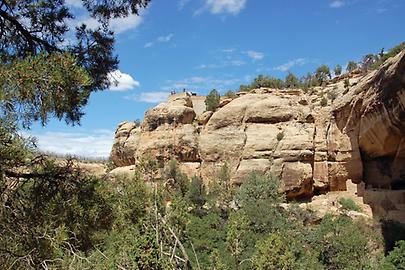Mesa Verde, the cliff dwellings in Southern Colorado
#
By
All Photos were taken be the author 2011 and are part of his archive "Pictureflood Jontes".
The translation of the name of this area "Mesa Verde" USA, Mesa Verde National Park from Spanish means "green table". This may come as surprise. However, Mesa does not just mean "table" in the sense of a piece of furniture but it also applies to large plateaus on top of mountains. And this is of course the reason why this place, one of the most important archeological sites of the USA, is called this way.
It is located some 400 km SW of Denver USA, Denver, Mesa Verde , the capital of Colorado. The community was founded more than 1000 years ago by a tribe of indians used to an agricultural society. The name of the tribe is unknown, but it is now called Anasazi, a name given to them by the later tribe of Navajos.
The area is characterized by mountainous terrain with deep canyons. The upper parts are often overhanging cliffs like roofs and are called "Abris", a word meaning something like "primitve living environment" or "open cave". The almost vertical cliffs below such open caves are usually called "cliffs" in English. Those niches, as one might call the open caves, can be quite large and often have a well with good water at the back of the cave, hence the area was well suited for people, providing protection from rain and with a good watersupply.
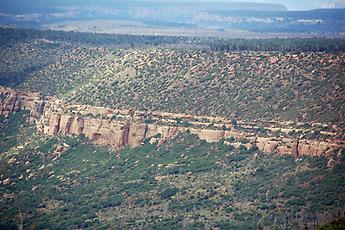

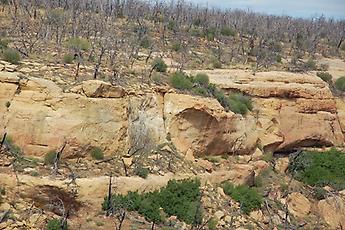

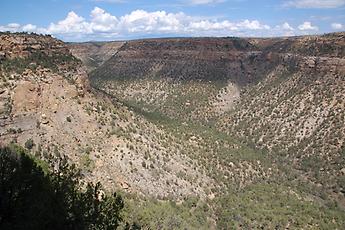
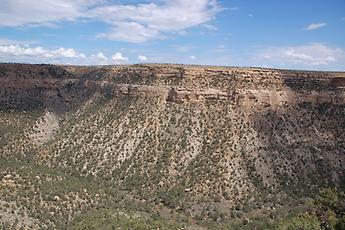
The Anasazi were very skilled in all kinds of handicraft. What is left are high quality ceramics, textiles and woven baskets.
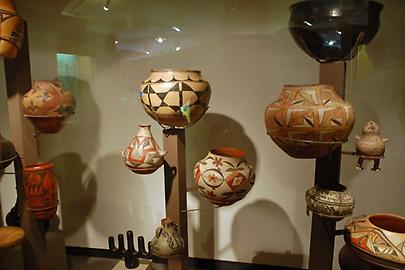
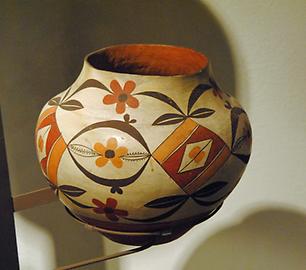
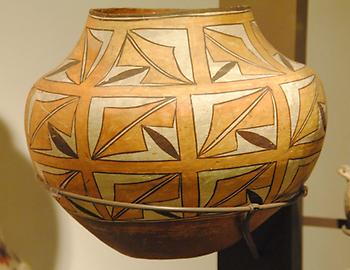
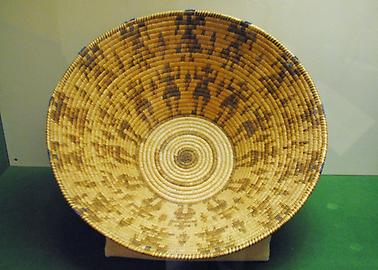
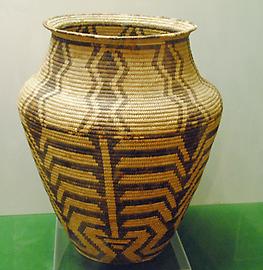
The first traces of population of Mesa Verde indicate about 600 A.D. They show that even then living and growing plants were tightly interwoven.
Today the cliff dwellings, particular the "Cliff Palace", are attracting millions of visitors a year. They are divided into groups and are guided by expert national-park rangers to ruins, many of them still under archeological examination.

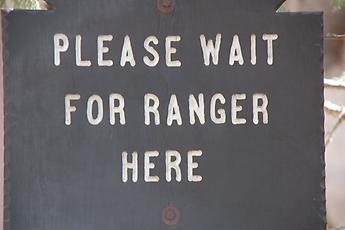
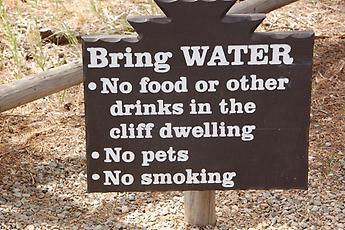
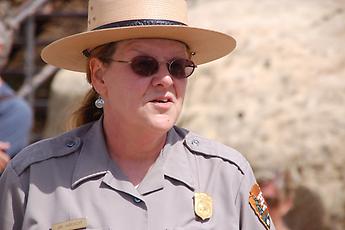
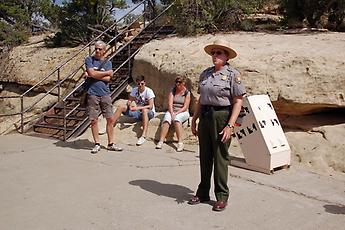
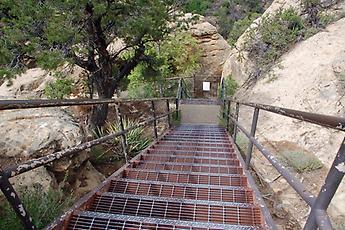
At the beginning, the Anasazi lived in mounds dug out of the soil and covered with logs. Later those were replaced by structures woven from branches and covered with clay. However, the former mounds were left as cult sites, so-called Kivas, as is shown by a model on display.
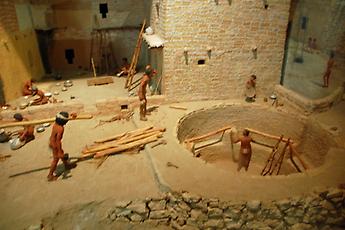
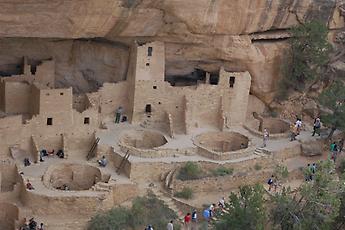
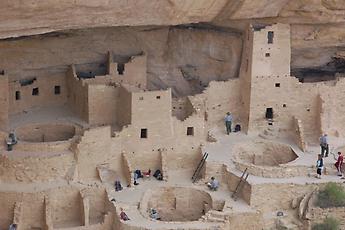
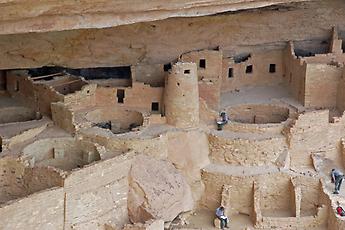
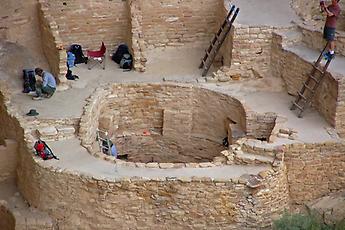
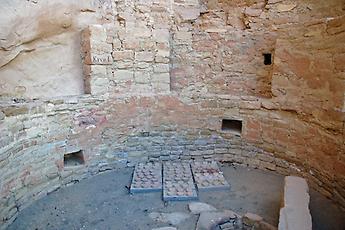
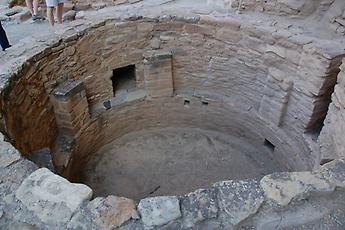
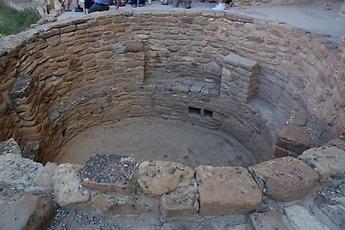
Such buildings were mainly used on top of the plateaus above the mentioned overhanging rocks. Rocks and cliffs as such were only used after about 1200. The Anasazi started to build constructions of a wide variety, both from a structural and a functional point of view, as can still be seen. Those Abris-type (open cave type) villages must have been in use for about 100 years, but then were abandoned, for reasons still unknown. There is some speculation that a long period of drought made cultivation of enough edible food impossible. What has been establised is that by 1300 no people lived here any more. The indigenous tribe, the Navajos, the largest Indian tribe in todays North America, discovered the abandoned dwellings around 1600 and called their former occupants (without ever having had any contact with them) Anasazi. One theory has it that the Anasazi left the mountains for the plains and started to live in pueblo-style settlements, as is still done by the Hopis, like in the Taos pueblo near Taos Taos Pueblo, New mexico in New Mexico.
Settlements like the Cliff Palace were no fortresses. They were not built for defensive purposes, but just as protection angainst inclement weather and located below the plateau because of the springs emerging there with fresh water.
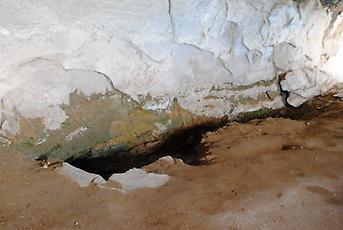
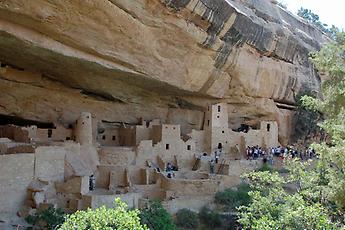

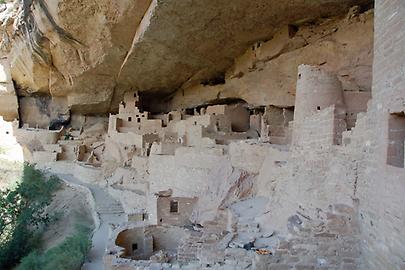

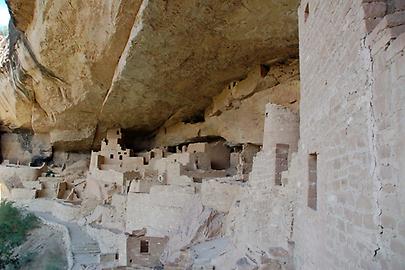
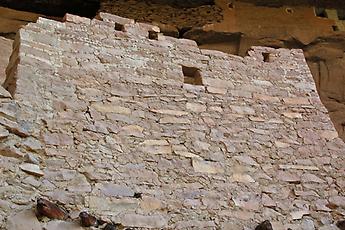
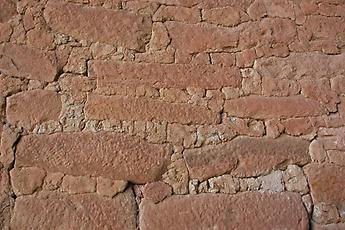
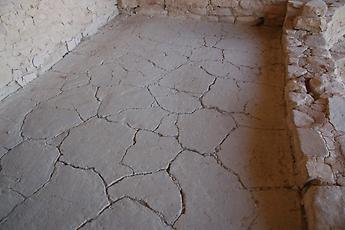
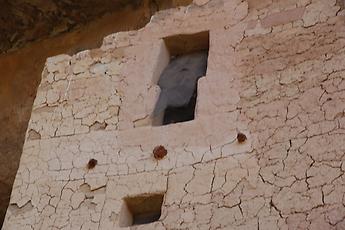
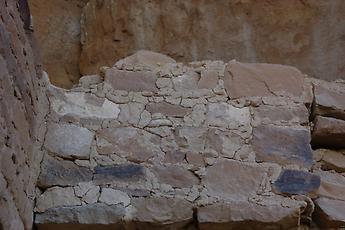
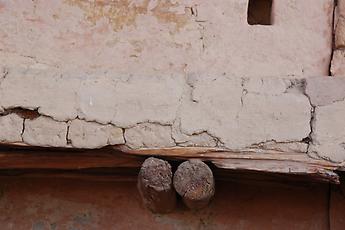
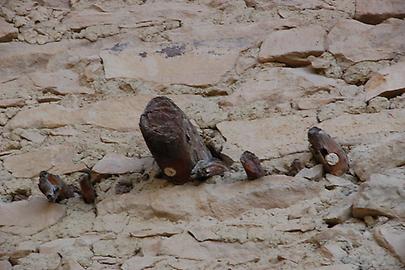
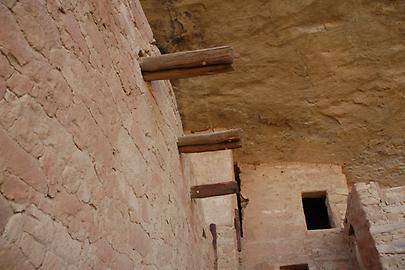

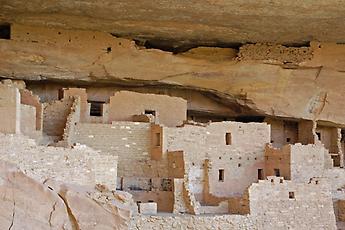
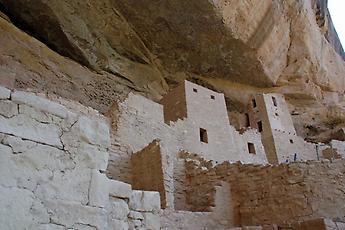
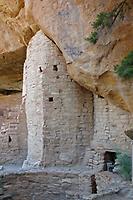
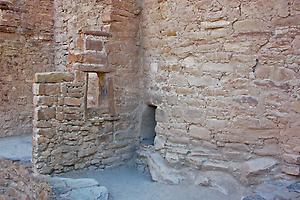
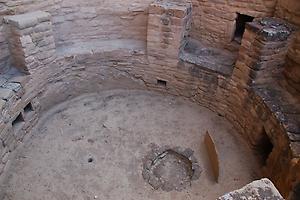
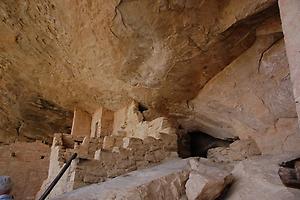
Cliff Palace is a good example of a naturally grown place, parts reaching the ceiling of the caves. In that sense this is indeed a small urban construction.
